
In case your week was going well so far, we’re here to bring you calmly crashing back down to Earth again.
Now we’ve been reassured that this news is nothing to lose sleep over, but you might want to take a few deep breaths.
It turns out that the Earth’s atmosphere is slowly leaking oxygen in a “clear trend” and scientists don’t really know why.
In fact, atmospheric oxygen levels have dropped 0.7% over the past 800,000 years, which scientists had not predicted happening.
Princeton University geologist Daniel Stolper said: “We didn’t know whether oxygen would be going up, down, or flat. But it turns out there is a clear trend.”
Although oxygen levels have fluctuated over the history of the planet, given enough time that leak could make the planet uninhabitable.
And let’s not forget that by burning carbon, we are making things worse for ourselves: “We are consuming oxygen at a rate a factor of a thousand times faster than before. Humankind has completely short-circuited the cycle by burning tons of carbon,” said Stolper.
Scientists were able to measure oxygen levels by looking at ice cores in Greenland and Antarctica that have trapped air bubbles from the past million years.
They offered a couple of reasons that this might be the case: long-term climate change and the erosion rates of the ice – which causes more fresh ice to be exposed and oxidised, causing more oxygen to be consumed.
The team says that this decline is consistent with changes in weathering fluxes of organic carbon, which are driven by either: “Neogene cooling or increasing Pleistocene erosion rates”.
They’ve got it under control.
Source: huffingtonpost.co.uk



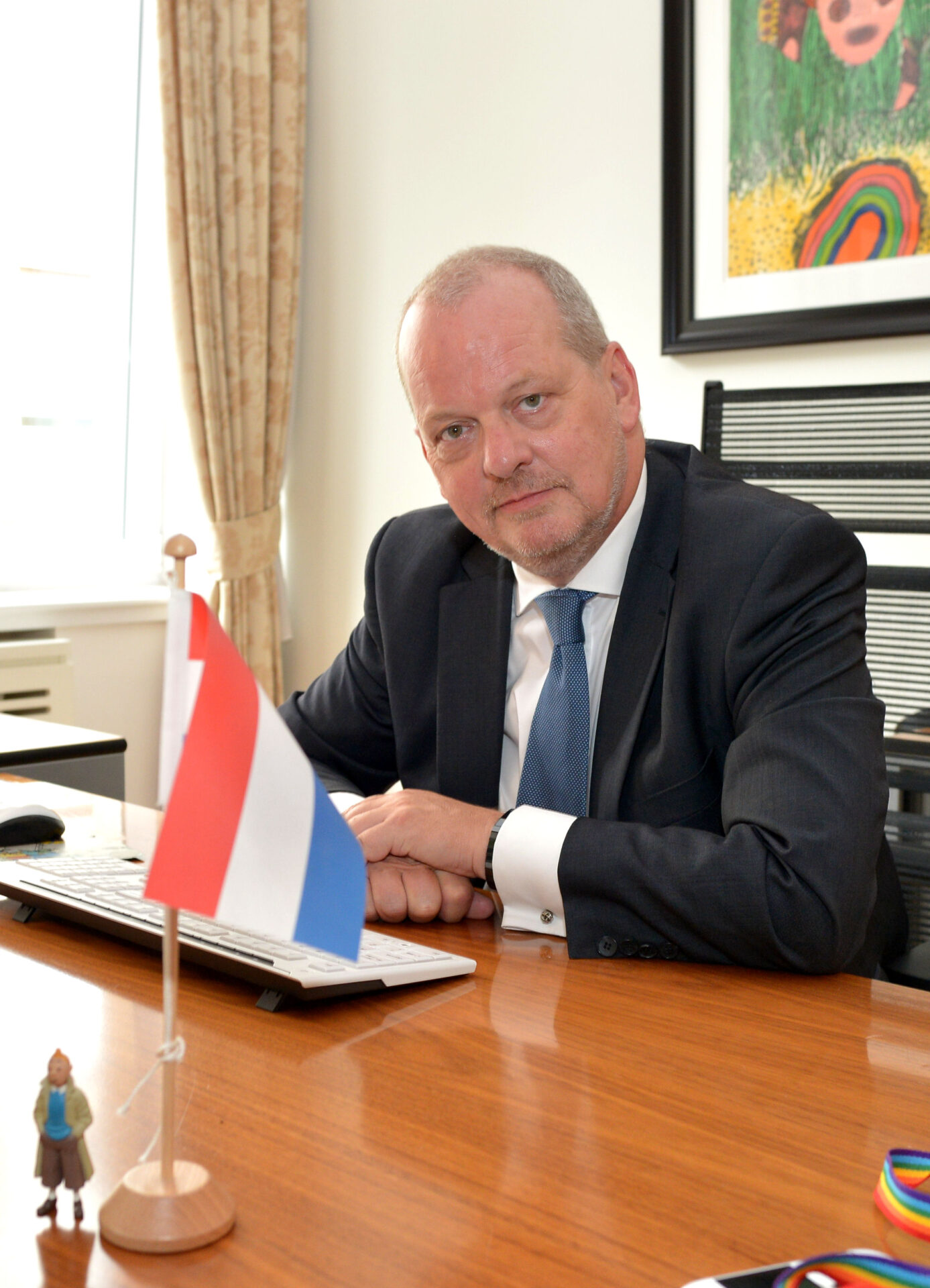
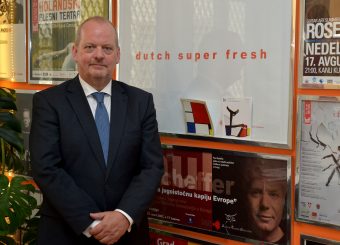 Energy portal had chance to meet in Novi Sad Mr Henk van den Dool, ambassador of Netherlands in Serbia. We talk to him during the fair “International days of energetics and investment” which were held in March. He presented energy sector of his country at the opening ceremony of the international conference Perspective & Challenges in Energy sector. In the summer of 2015, Henk van den Dool was appointed Ambassador to the Republic of Serbia in Belgrade. He is also accredited to Montenegro. The main areas of expertise and interest of Ambassador Van den Dool are European Integration, Human Rights and transformation processes in Central and Eastern Europe. Since Serbia has many challenges to solve in process of EU integration, his opinion about energy sector is very useful.
Energy portal had chance to meet in Novi Sad Mr Henk van den Dool, ambassador of Netherlands in Serbia. We talk to him during the fair “International days of energetics and investment” which were held in March. He presented energy sector of his country at the opening ceremony of the international conference Perspective & Challenges in Energy sector. In the summer of 2015, Henk van den Dool was appointed Ambassador to the Republic of Serbia in Belgrade. He is also accredited to Montenegro. The main areas of expertise and interest of Ambassador Van den Dool are European Integration, Human Rights and transformation processes in Central and Eastern Europe. Since Serbia has many challenges to solve in process of EU integration, his opinion about energy sector is very useful.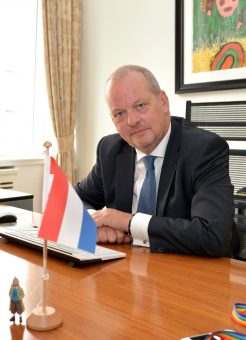 Mr Dool: As part of our approach to a more sustainable energy system, the Dutch are fully embracing energy from organic sources, specifically biomass, waste, biofuels, the Jatropa plant and algae. Biomass accounts for almost two-thirds of the sustainable energy currently used in the Netherlands, while the government is aiming to produce 30 percent of its energy using biomass by the year 2030. It is the simplest of all the sustainable options to integrate into energy management. Obtaining bio-energy from biomass may involve combustion, gasification, fermentation, or the production of liquid biofuels. The most important bio-energy sources are biomass additives and fuel in power plants, biofuels for motor vehicles, and energy from waste incineration plants.
Mr Dool: As part of our approach to a more sustainable energy system, the Dutch are fully embracing energy from organic sources, specifically biomass, waste, biofuels, the Jatropa plant and algae. Biomass accounts for almost two-thirds of the sustainable energy currently used in the Netherlands, while the government is aiming to produce 30 percent of its energy using biomass by the year 2030. It is the simplest of all the sustainable options to integrate into energy management. Obtaining bio-energy from biomass may involve combustion, gasification, fermentation, or the production of liquid biofuels. The most important bio-energy sources are biomass additives and fuel in power plants, biofuels for motor vehicles, and energy from waste incineration plants.

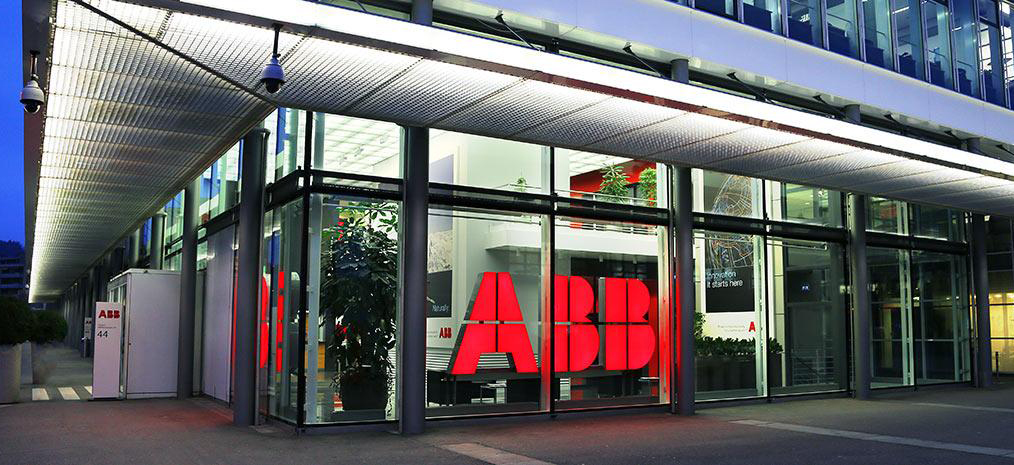
 NKT Cables is acquiring ABB’s global high-voltage cable system business with a total enterprise value of 836 million euros (US$934 million). High voltage cables are key components in sustainable energy networks, used for transmitting large amounts of electricity over long distances. The business is part of ABB’s Power Grids division, which is currently undergoing a strategic review.
NKT Cables is acquiring ABB’s global high-voltage cable system business with a total enterprise value of 836 million euros (US$934 million). High voltage cables are key components in sustainable energy networks, used for transmitting large amounts of electricity over long distances. The business is part of ABB’s Power Grids division, which is currently undergoing a strategic review.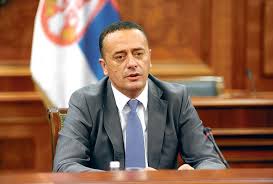
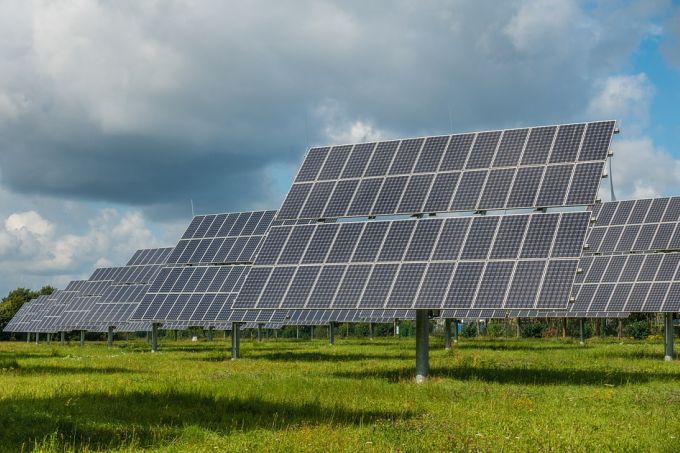
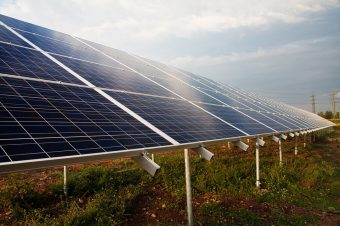


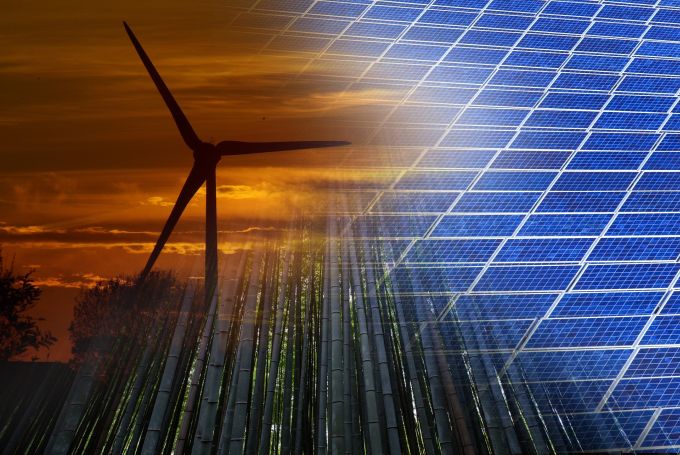
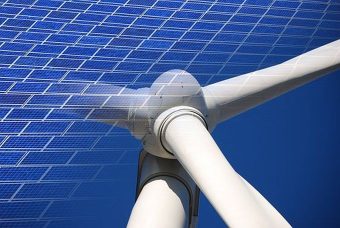
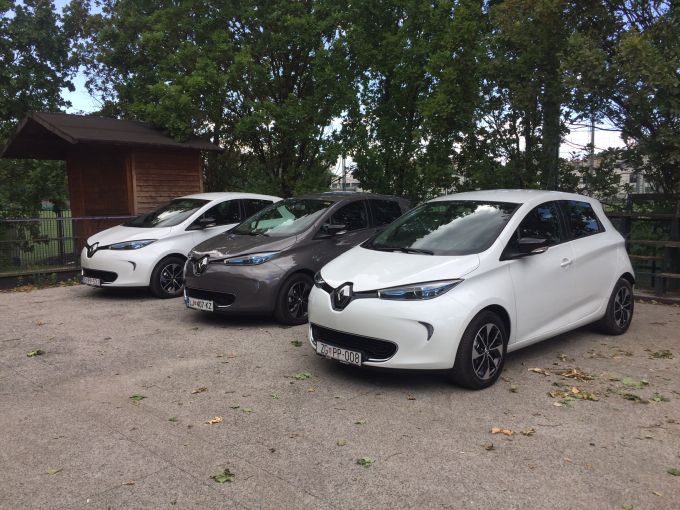
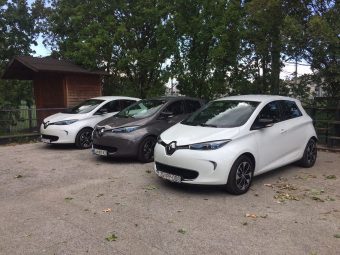

 Japan should balance and diversify its energy mix through a combination of renewable and nuclear energy and efficient thermal power generation, the International Energy Agency (IEA) said today in its latest review of Japan’s energy policies, stressing this would help the country build a more secure, affordable, safe and decarbonised energy system.
Japan should balance and diversify its energy mix through a combination of renewable and nuclear energy and efficient thermal power generation, the International Energy Agency (IEA) said today in its latest review of Japan’s energy policies, stressing this would help the country build a more secure, affordable, safe and decarbonised energy system.

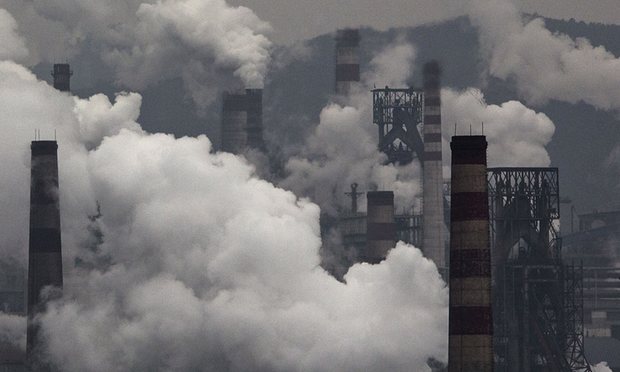
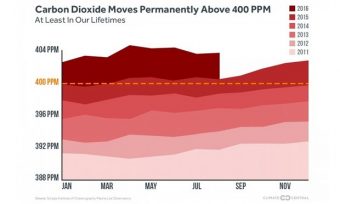 We are now living in a 400ppm world with levels unlikely to drop below the symbolic milestone in our lifetimes, say scientists. Climate Central reports.
We are now living in a 400ppm world with levels unlikely to drop below the symbolic milestone in our lifetimes, say scientists. Climate Central reports.


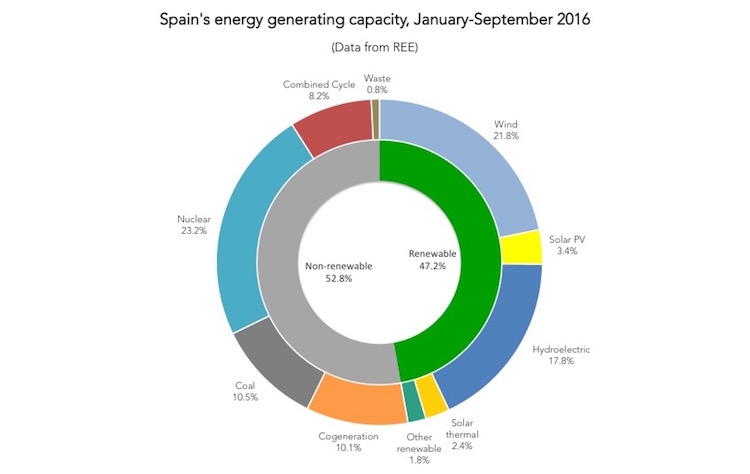
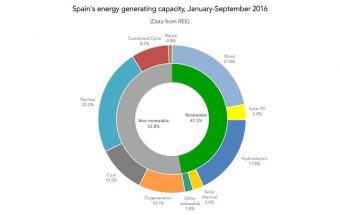 Over the first eight months of this year, Spain averaged an impressive 47.2 percent renewable energy share in its generation mix. The achievement was reported by Spanish electricity transmission system operator, Red Electrica de Espana (REE).
Over the first eight months of this year, Spain averaged an impressive 47.2 percent renewable energy share in its generation mix. The achievement was reported by Spanish electricity transmission system operator, Red Electrica de Espana (REE).


